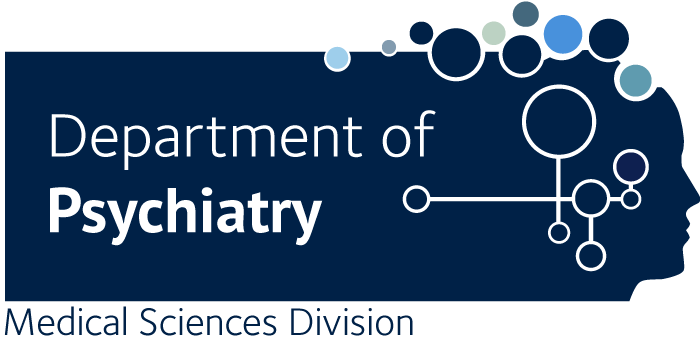How to support adults with anorexia nervosa and autism: Qualitative study of clinical pathway case series.
Li Z., Hutchings-Hay C., Byford S., Tchanturia K.
INTRODUCTION: Previous research has explored the overlapping presentation between autism and eating disorders (ED). This study aims to summarize the clinical challenges associated with co-occurring autism and anorexia nervosa (AN) based on clinicians' case notes and minutes from case discussions, to understand how to better support people with the comorbidity. METHOD: Thematic analysis was conducted on de-identified notes on 20 cases with AN and autistic characteristics and minutes from case discussions. Themes relevant to clinical challenges in supporting those with the comorbidity were identified, and a thematic map was produced to visually represent the results. RESULTS: The key challenges faced by clinicians when treating patients with AN and autism included: communication difficulties, maintaining boundaries, autism screening, presence of other comorbidities, sensory difficulties, atypical presentation of eating difficulties, cognitive rigidity, and emotional difficulties. Adaptations to resolve some of these difficulties included exposure-based food experiments, keeping a record of patients' self-reported communication preferences, individual-level modification of communication style, and providing tools for patients to identify emotions. CONCLUSIONS AND IMPLICATIONS: Further exploration to establish the effectiveness of the adaptations is warranted. Furthermore, tools for differentiating between ED, autism and other comorbidities are needed to help clinicians clarify the cause of a presenting symptom, and help them to best support and maintain boundaries with patients.

